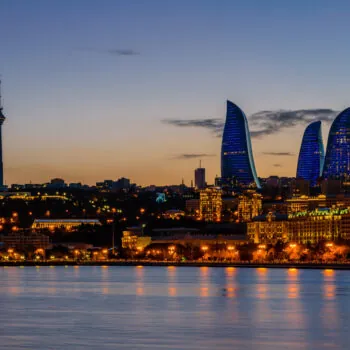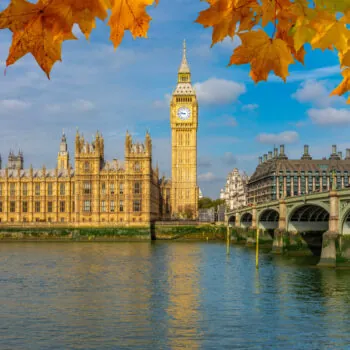COP29 is a critical juncture to accelerate the global energy transition. COP28 saw political agreement to phase down coal, triple renewable capacity and double energy efficiency by 2030, and transition away from all fossil fuels by mid-century. COP29 must now see leaders turn commitments into plans for real-economy implementation.
The COP28 Global Stocktake (GST) delivered a landmark political agreement on key global energy goals, charting the path for a full-scale transformation of the energy system. A year later, however, political signals of progress have been muted.
The Azerbaijan COP29 Presidency must prioritise the energy transition agenda and demonstrate political leadership, to capture real-world energy transition trends, and lay the groundwork for ambitious updated Nationally Determined Contributions (NDCs).
Meanwhile, leaders must show that they are serious about last year’s commitments. That means translating the full package of energy goals – both on scaling up clean energy and phasing out fossil fuels – into accelerated, concrete delivery plans. It also means unlocking scaled energy transition finance to meet the needs of emerging and developing economies (EMDEs) and ensure equitable transitions.
Progress on three key areas at COP29 can help accelerate the scale and pace of energy transition progress:
COP agreements are both signals of political direction and expressions of real-world change. Agreement of the energy package at COP28 reflects real-world momentum. Renewable energy deployment is expected to reach a record 666 GW in 2024, while the global coal power pipeline outside China has fallen 78% since 2015. Over three-quarters of OECD countries will phase out coal by 2030, and oil and gas demand is expected to peak this decade.
However, progress still needs to accelerate significantly. Current renewables growth is falling short of meeting the 2030 tripling target and is deeply unevenly distributed –EMDEs (excluding China) face a chronic clean energy finance gap and account for only 15% of global clean energy investments. Meanwhile, overall global coal power capacity grew by 2% in 2023; and a surge new oil and gas licenses, led by wealth countries, threatens climate goals.
At COP29, countries should demonstrate how targets are translating into accelerated clean energy transitions. NDCs provide one route, while joining diplomatic alliances like the Powering Past Coal Alliance and Beyond Oil and Gas Alliance and announcing strong political declarations such as on commitments to build no new coal power plants help build political momentum and showcase real-economy delivery.
Next year, countries will submit updated NDCs for emissions reductions by 2035. COP29 fires the starting gun on this process. Countries submitting NDCs early should use them to clearly signal their intent to deliver on the COP28 energy goals.
Wealthy countries must demonstrate ‘the art of the possible’ and reflect sectoral energy transition targets in their NDCs. These must include plans for full power sector decarbonisation by 2035, with commitments to immediately end new coal approvals, and phase out coal by 2030, as critical interim steps. Power sector goals must be complemented with explicit targets for phasing out all fossil fuels by mid-century, starting with a commitment to end new oil and gas licencing.
A central part of the COP29 agenda is agreeing on a New Collective Quantified Goal on Climate Finance (NCQG), an essential bedrock for ambitious 1.5C aligned NDCs.
Projections suggest energy transition financing needs of $1.3-$1.7 trillion/year for EMDEs (excluding China) by 2030, of which $500-600bn are additional investments. Political leadership will be critical to ensure that COP29 delivers new mechanisms to improve the quantity, quality, and accessibility of energy transition finance that can meet this need.
Diplomatic initiatives, such as the UK’s new Global Clean Power Alliance, Energy Transition Council, the Clean Energy Transition Partnership, and the Coal Transition Commission can help unlock finance progress outside of formal negotiations. Significantly capitalising the Climate Investment Funds, particularly Renewable Energy Integration (REI) and Accelerated Coal Transition (ACT) investment programmes, can further help fill the gap.
Donor countries must also send a clear message that existing partnerships to finance energy transitions, such as the Just Energy Transition Partnerships (JETPs), are still backed by political and financial capital. New finance solutions such as Country Platforms should further build on JETP lessons to streamline finance and drive equitable energy transitions in developing nations that meet climate and development goals.
Paving the way to COP30 in Belém
At COP29, leaders need to affirm that the COP28 energy package is a unified mandate—not a menu—requiring both a ramp-up in clean energy and a phase-out of fossil fuels, with the decline of coal paving the way for oil and gas to follow. A strong political signal to uphold these goals, embed them in NDCs, and secure matching finance to build trust in delivery can set the course for a successful Road to Belém.


